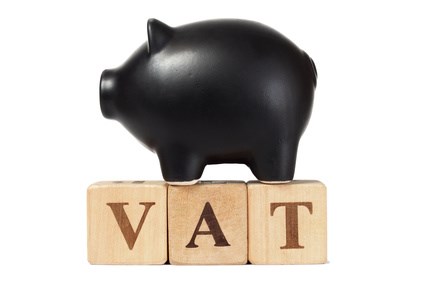When you first become VAT registered you can choose which VAT scheme to use when reporting VAT. Whilst you can change this at a later date HMRC would not want you to keep changing from one scheme to another. So before you become VAT registered you should understand the different ways of reporting VAT and decide which one will suit your business best. Here are the facts about three of the schemes.
Standard Accounting or Accrual Scheme
This is the traditional way of reporting VAT. VAT on sales is reported on the VAT return on the date the invoice is raised or the income is received. VAT on purchases is reported using the date of the invoice or the date payment is made.
This scheme works best for businesses who are paid promptly by their customers. If you are slow at paying your suppliers you will be able to claim back VAT on purchases made within the VAT period.
You can only use this scheme if you maintain a Sales or Purchase Ledger, or both as you will need to record the invoice in order to claim the VAT.
It is easier to administrate and reconcile with each VAT return and at year end because everything within the period is included in the return.
Cash Accounting Scheme
VAT on sales is reported on the VAT return only when payment has been received from the customer. VAT on purchases is reported only when the purchase has been paid for.
This scheme works best for businesses who have customers who have lengthy payment terms or are slow payers. To be advantageous in reducing your VAT bill your suppliers would need to be paid before the end of the VAT quarter.
This scheme can be used with or without a Sales or Purchase ledger.
Purchases
With both of these schemes it is worthwhile planning your purchases before the end of each quarter so that you have the advantage of reducing your VAT bill sooner. You must not delay sales to reduce your VAT liability but there is no reason not to make purchases towards the end of a VAT quarter instead of at the beginning of the next VAT quarter. Of course if you use the Cash Accounting Scheme the purchases will have to be paid for before the last day of the VAT period but if you use the Standard Accounting Scheme you will be able to claim the VAT back as long as you have a VAT invoice.
If you have to pay import VAT planning your imports for the last part of a VAT quarter rather than the first part of the next quarter will help cashflow.
Changing Schemes
You do not have to tell HMRC if you are changing from one scheme to another but you must ensure you report the VAT correctly after you have changed.
If you change from Standard Accounting to Cash Accounting you will have declared the VAT on your sales and purchase invoices already but your first VAT return on the Cash Accounting scheme will include the VAT again when they are paid. You will have to make an adjustment for these duplicate transactions.
If you change from Cash Accounting to Standard Accounting you will not have declared VAT on your sales and purchase invoices which have not yet been paid. You will need to make an adjustment for all the sales and purchase invoices which were not paid by the end of the previous VAT quarter to ensure the VAT is included in the first VAT return after the change.
Flat Rate VAT Scheme
This is another option to consider when you first become VAT registered. You have to apply to HMRC to use this scheme, which you can do on the initial registration form. You can also change to this scheme as long as your turnover is less than £150,000 excluding VAT annually. You must leave it when your annual turnover reaches £230,000 including VAT.
The Flat Rate VAT scheme allows you to pay a fixed rate of VAT to HMRC each quarter with the rate being dependent on your business type. Your customers are still charged the standard rate of VAT but you pay less than this amount to HMRC. Under this scheme you do not recover VAT on any of your purchases except if the value for a single asset purchase is over £2,000.
The flat rates for different types of business vary between 4% and 14.5% of the VAT inclusive sale. But if you are a business whose purchases relating to sales (direct costs) are less than 2% of turnover or less than £1,000 per year you will pay a standard 16.5% flat rate.
Businesses electing to use the flat rate scheme in their first year of VAT registration can have a 1% reduction on their flat rate.
Further Information
For more information on any of the VAT schemes visit HMRC.
For help with becoming registered, deciding on a scheme, or preparing and submitting VAT returns contact our bookkeeping team who will be happy to help you.

